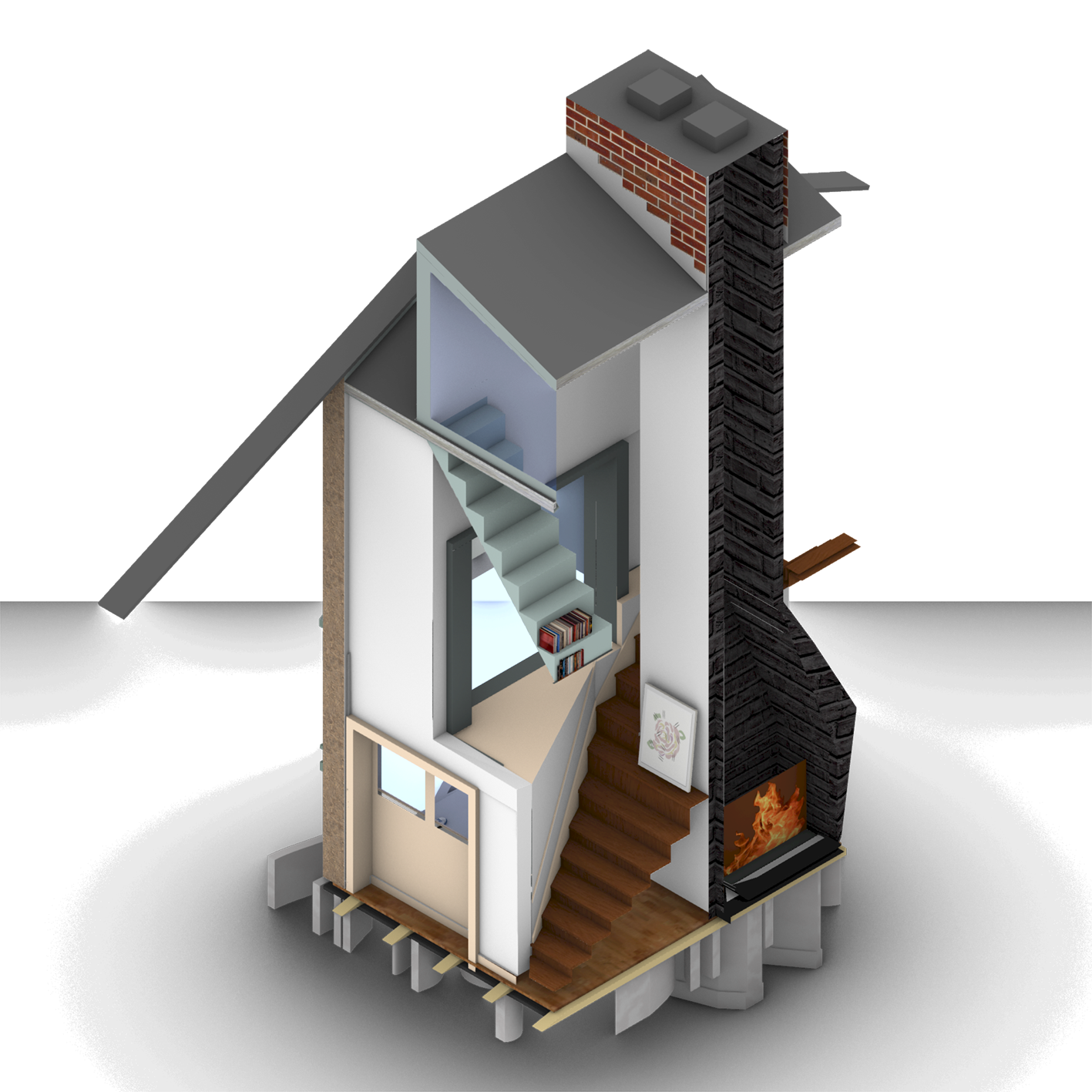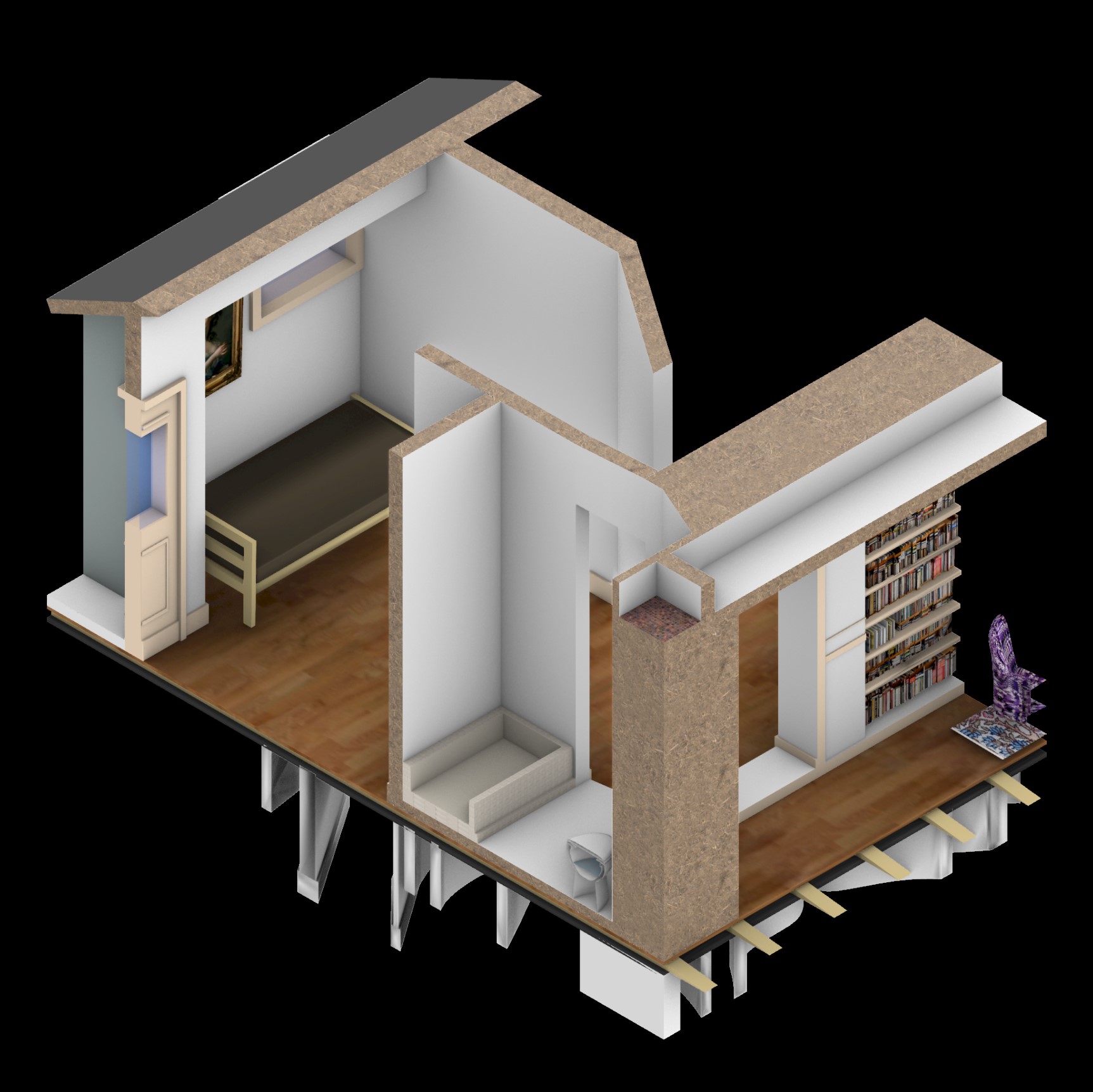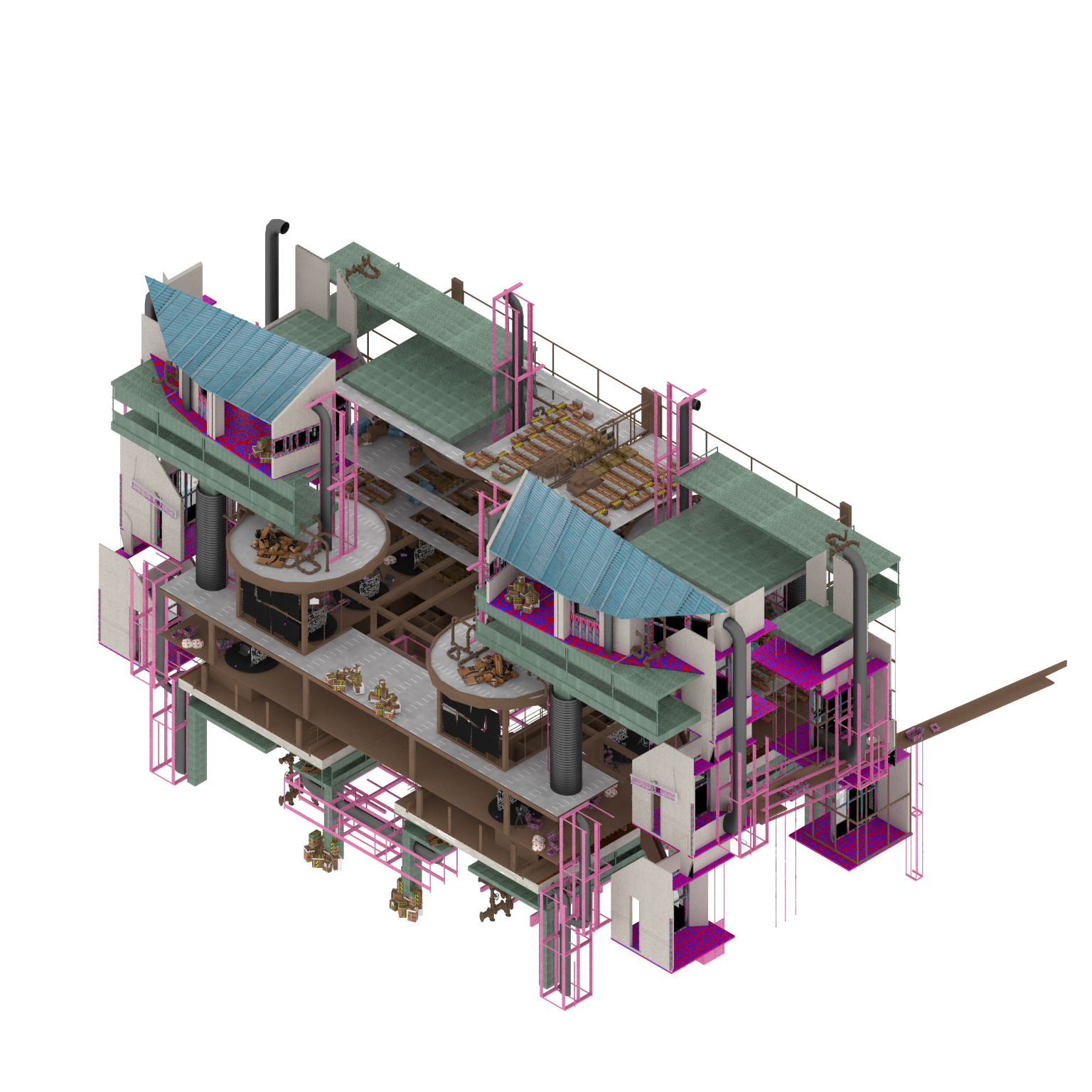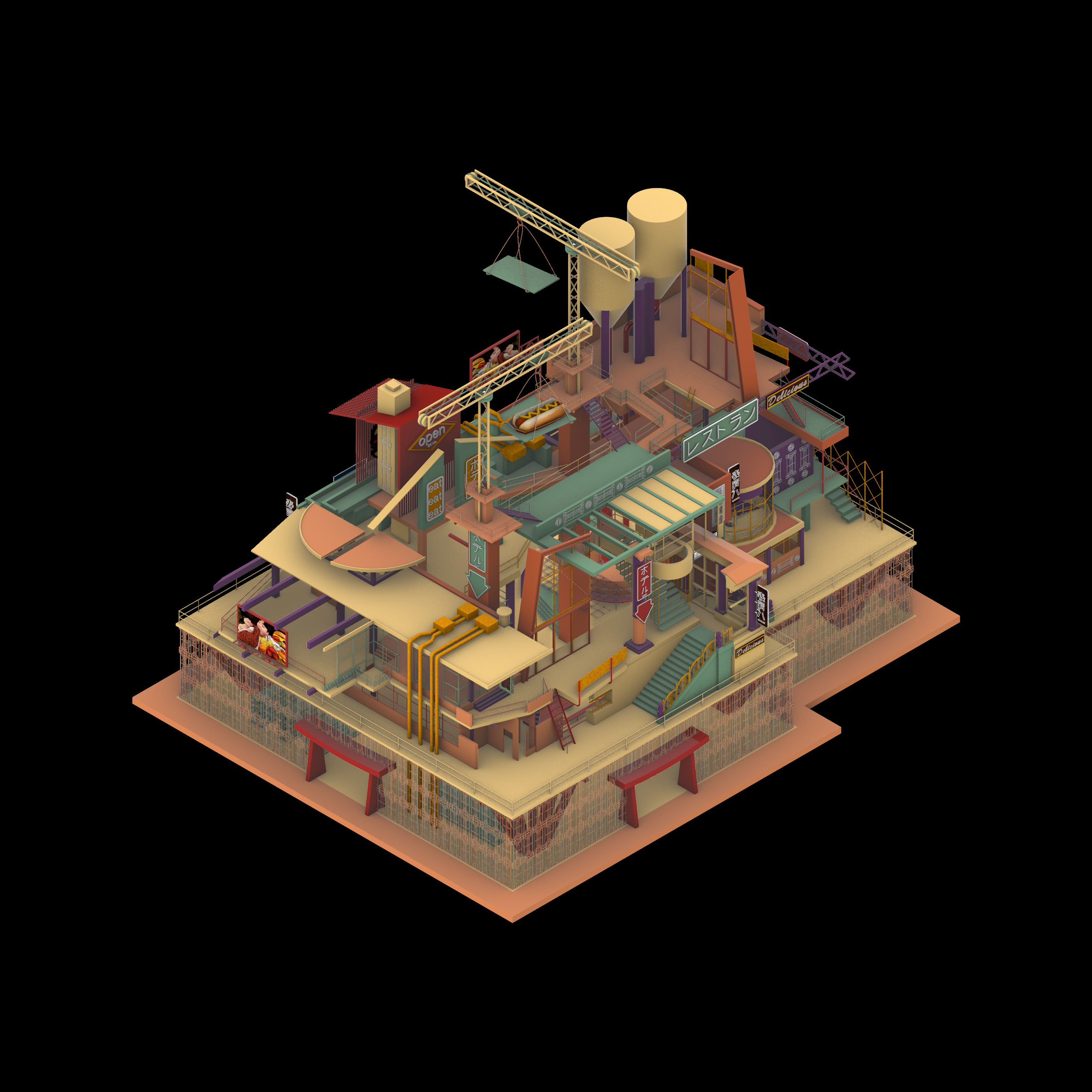MEMES 2.0
WINTER TERM 2022/23
UNDERGRADUATE DESIGN STUDIO
@ ./STUDIO3 - INSTITUTE
FOR
EXPERIMENTAL ARCHITECTURE
UNIVERSITY OF INNSBRUCK, AUSTRIA
︎ SUPERVISORS | SO@P (UWE BRUNNER & DOMINIC SCHWAB).
︎ STUDENTS | ALBERT GAUNER, ANNABELL SPAANS, CHRISTIAN REHNISCH, JULIA MUSCHLER, JULIA ZECH, THERESA POHL, TOBIAS MILDNER.
︎ PRESS & LINKS | YOUTUBE, INSTAGRAM.
With the increasing presence of digital spaces, particularly in the form of social media, a significant portion of our social activities has shifted to virtual realms. Within this context Memes have become one of the most creative and vibrant languages of digital communication in the 21st century. Through the cultural practices of copying, sampling, overlaying, recoding, and sharing, memes have manifested themselves as assemblages of sociocultural articulation.











Memes consistently engage with culturally pre-formed content, utilizing intertextuality and decontextualization as fundamental principles. Through these processes, they assemble, layer, and continuously rearrange meanings, drawing from a web of references and cross-references.
In this design studio, students collectively adopted the production model of meme culture as a method of transforming iconic buildings, approaching a speculative architectural practice in the context of current internet and online communication culture.

I: SAMPLING
In the first stage of the design studio, students focused particularly on the methodology of sampling. According to Eduardo Navas, ‘sampling as an act [...] is essentially what happens in any form of mechanical recording—whether copying by taking a photo or extracting part of an object or subject, such as a part of a leaf to examine it under a microscope.’ The students’ investigation focused on a series of iconic buildings. They meticulously dissected these buildings, analyzed their qualities in detail and in depth, and isolated key aspects. Subsequently, they integrated their findings into a collective database, laying the groundwork for new architectural speculations.



II: ARS COMBINATORIA
The concept of Ars Combinatoria played a central role in the second step. Max Bense recognizes that, in the act of combining, imagination has replaced pure cognition, seeing it as a fundamentally experimental process that creates ‘small models of seeing things in a different way.’ The design process, which had previously been characterized by serial and copy-like work, shifted in this phase to a playful approach to the composition of geometry, texture, ornament and function. Impulsiveness and naivety as design catalysts contributed to a refreshing authenticity.





III: STAGING
The third step in the methodological chain involved the concept of staging. Here, the architectures generated through sampling and Ars Combinatoria were placed within specific contexts. This final stage aimed to connect the uniqueness and significance of each individual project. This contextualization involved testing the designs in different spatial scenarios and intentionally adapting the architectural style to host selected communities. Ultimately, this process enabled the incorporation of spatial micro-narratives, leading to a deeper exploration of the scenic potential within the architectural designs.












